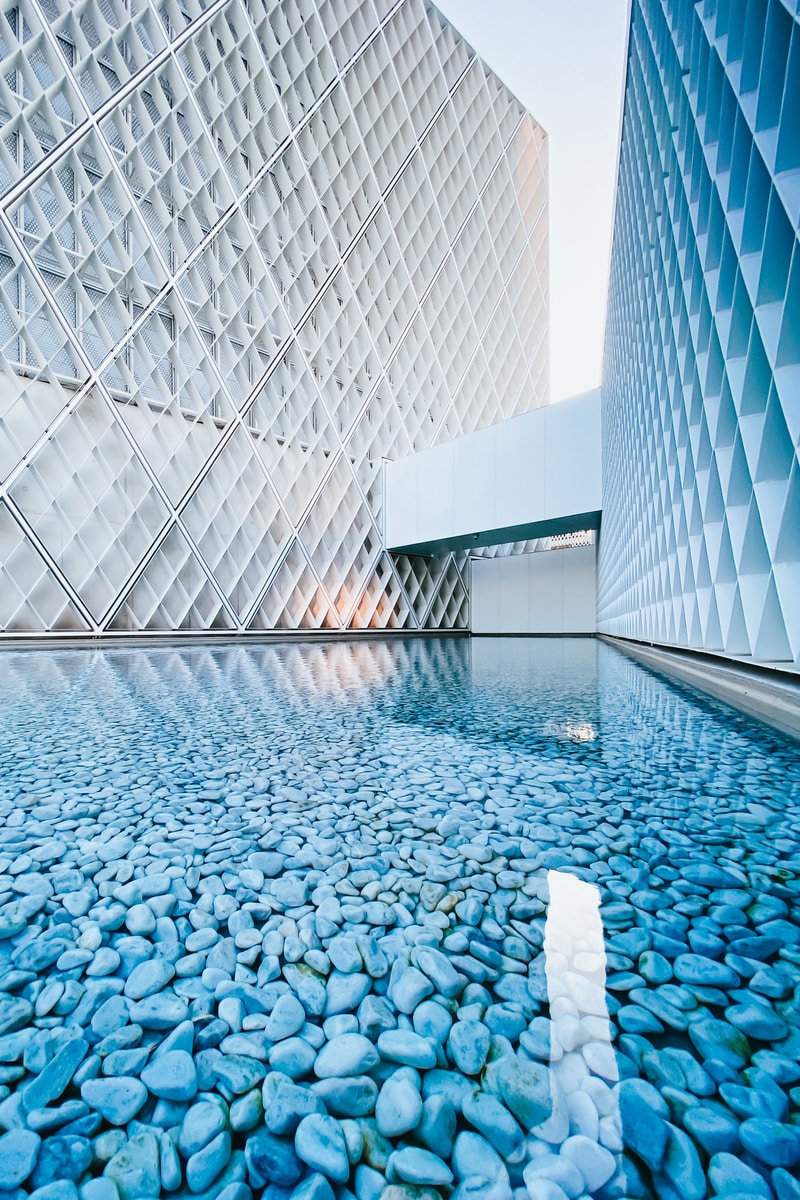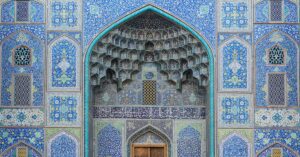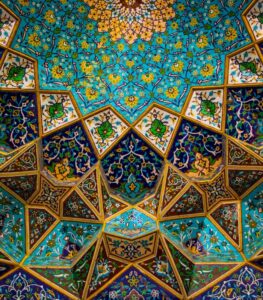Thinking about mosques, our collective perceptions takes us to the historic and beautiful mosques located in the Middle East. With a more secular social fabric of Europe, logic dictates that religious architecture should not blend into the environment. However, this is far from the truth; Europe has several beautiful mosques, some bearing local’s commitment to their European identity.
When differences between communities are highlighted dealy, to fuel fear and tension, it is important to highlight these places of worship and community gatherings that are a clear beacon of the community, respect, identity, collaboration, and coexistence.
Furthermore, mosques are also hubs where people can inform themselves about religion and culture that differ from their own.
Mosque-Cathedral of Córdoba
The Great Mosque is a stunning monument to the two religions and cultures that shaped Andalusia: Islam and Christianity. A Renaissance church squats right on top of the most important mosque in the Islamic kingdom, making this building a must-see for anyone visiting Córdoba.
The Great Mosque was constructed on the orders of Abd ar-Rahman I in 785 CE when Córdoba was the capital of the Muslim-controlled region of Al-Andalus. It was expanded multiple times afterwards under Abd ar-Rahman’s successors in the late 10th century.
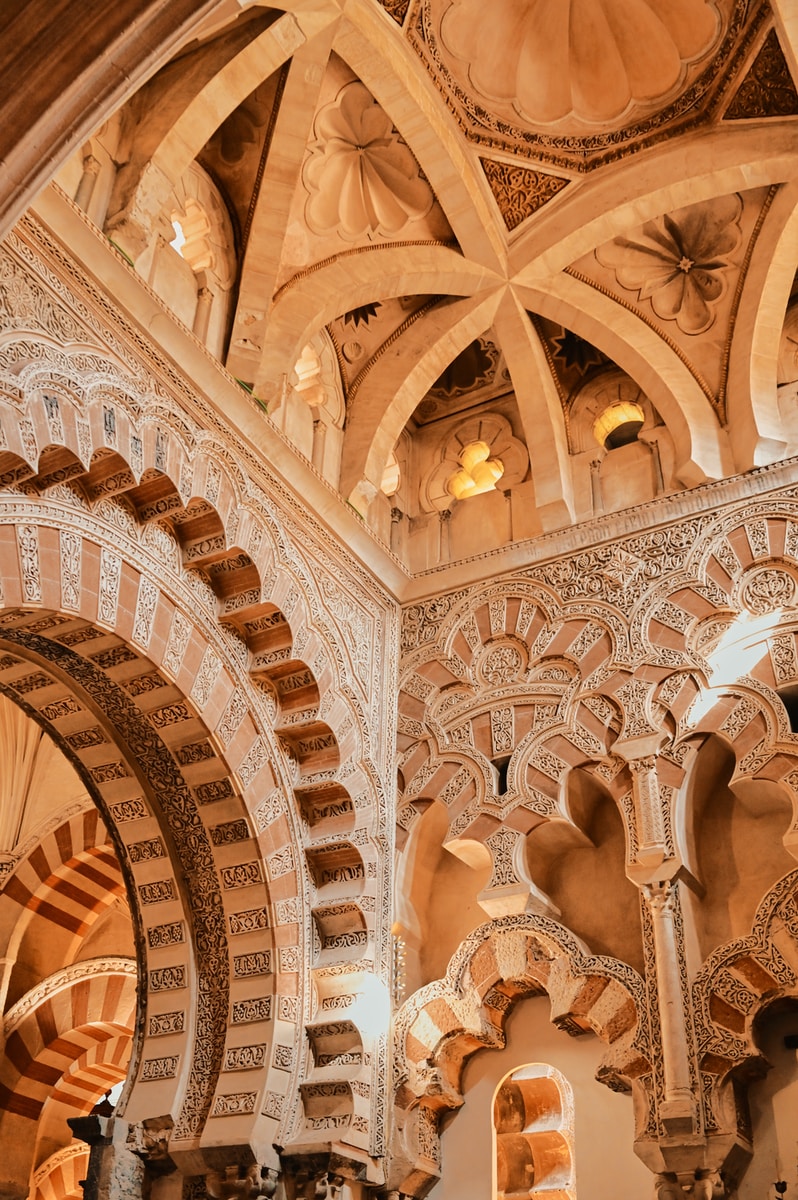
The Blue Mosque
The Blue Mosque in Istanbul, also known by its official name, the Sultan Ahmed Mosque, is an Ottoman-era historical imperial mosque located in Istanbul, Turkey. A functioning mosque that also attracts large numbers of tourists. It was constructed between 1609 and 1616 during the rule of Ahmed I. Hand-painted blue tiles adorn the mosque’s interior walls, and at night the mosque is bathed in blue, as lights frame the mosque’s five main domes, six minarets and eight secondary domes.
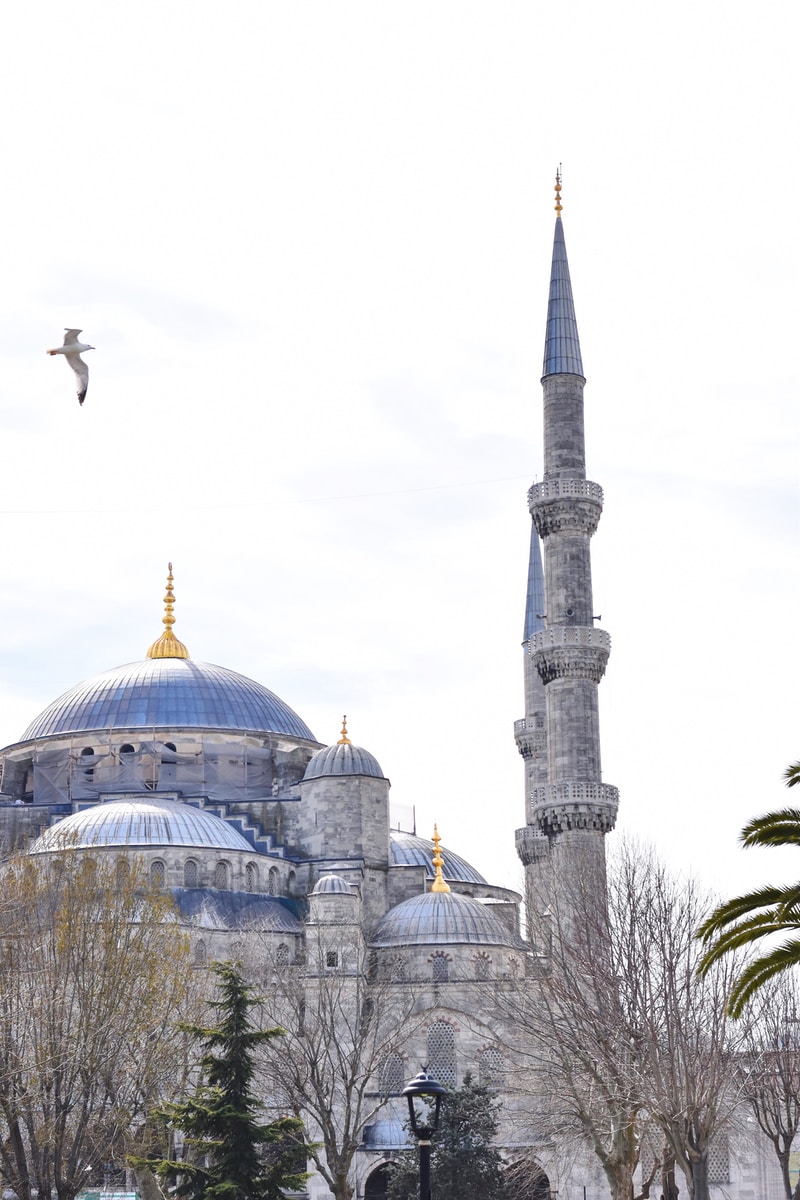
Green Lane Mosque
Green Lane Masjid & Community Centre occupies a prominent corner site in Green Lane, Small Heath, Birmingham. One of the buildings was initially constructed as a public library and baths, designed by local architects Martin & Chamberlain and built in the redbrick and terracotta Gothic-Jacobean style between 1893 and 1902.
The complex includes prayer halls for men and women, a community hall, madrasah, a library, a shop, and some accommodation. It also provides funeral services to the local Muslim community.

Lala Mustafa Pasha Mosque
The Lala Mustafa Pasha Mosque, originally known as the Cathedral of Saint Nicholas and later as the Saint Sophia Mosque of Mağusa, is the largest medieval building in Famagusta, Cyprus. Built between 1298 and 1400, it was consecrated as a Catholic cathedral in 1328. The cathedral was converted into a mosque after the Ottoman Empire captured Famagusta in 1571, and it remains a mosque to this day. From 1954 the building has taken its name from Lala Mustafa Pasha, the Grand Vizier of the Ottoman Empire from Sokolovići in Bosnia, who served Murat III and led Ottoman forces against the Venetians in Cyprus.
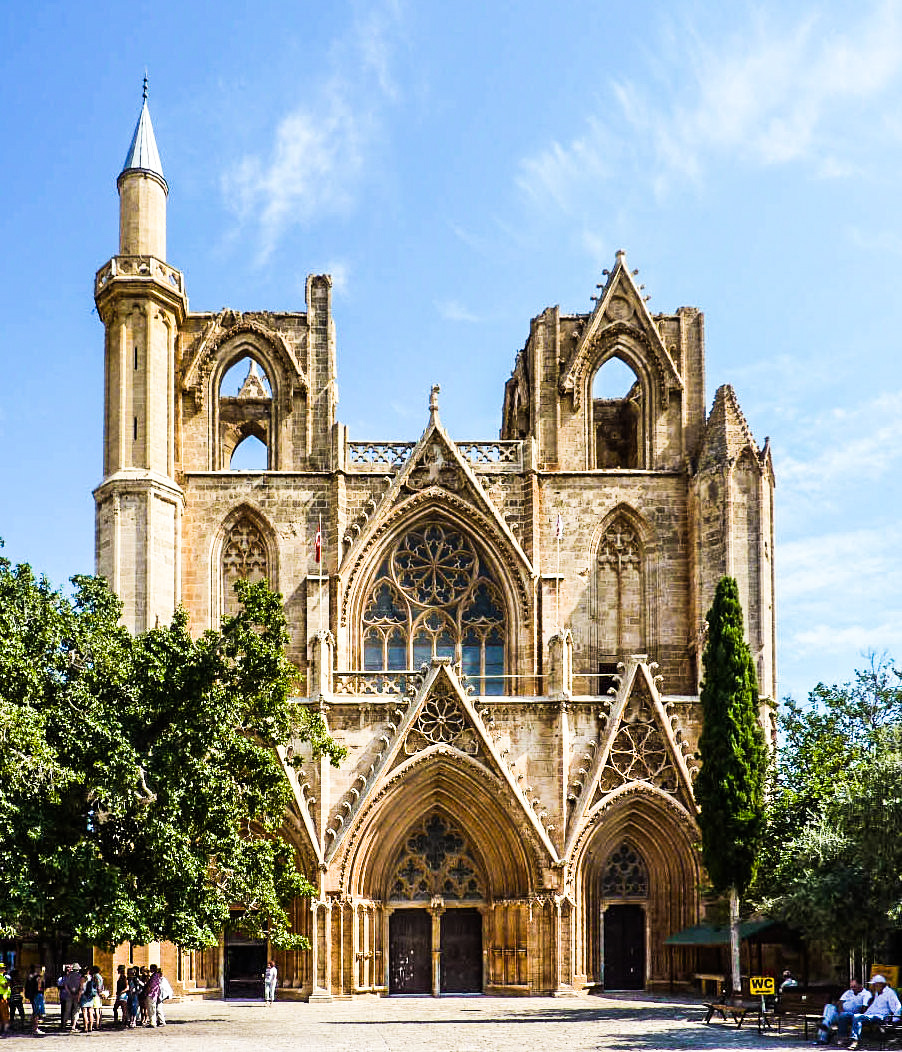
Cambridge Central Mosque
The Cambridge Central Mosque is Europe’s first eco-friendly mosque and the first purpose-built mosque within the city of Cambridge, England. The Cambridge Central Mosque was opened to the public on 24 April 2019.
After the £4m purchase of a one-acre site in 2009 on Mill Road, Marks Barfield Architects was appointed to design the new mosque in association with Professor Keith Critchlow, a world-leading expert in sacred architecture and Islamic geometry along with the UK’s leading Islamic garden designer Emma Clark.
With its emphasis on sustainability and high reliance on green energy, the mosque is Europe’s first eco-mosque. In addition to the mosque’s dedicated areas (ablution, teaching, children’s area, morgue), there is a café, teaching area and meeting rooms for use by the local Muslim and non-Muslim communities. It can accommodate up to 1000 worshippers.

The Islamic Center of Rijeka
Rijeka Mosque is a mosque in Rijeka, Croatia built between 2009 and 2013. The project of the mosque and the cultural center was originally developed by Dušan Džamonja in cooperation with Branko Vučinović and Darko Vlahović. Croatian media described the building as one of the most beautiful mosques in Europe. The mosque is a part of the Islamic Cultural Center which was built on the 10,816 square meters plot.
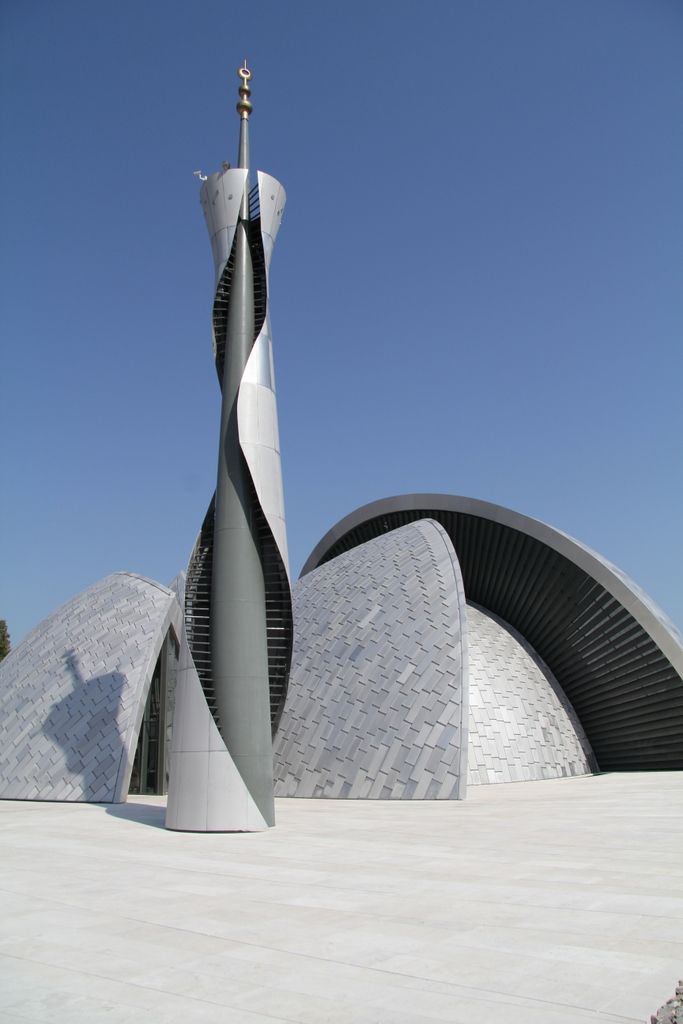
The Saint Petersburg Mosque
The Saint Petersburg Mosque, when opened in 1913, was the largest mosque in Europe outside Turkey, its minarets are 49 meters in height and the dome is 39 meters high. The mosque is situated in downtown St Petersburg. It can accommodate up to five thousand worshippers.
The founding stone was laid in 1910 to commemorate the 25th anniversary of the reign of Abdul Ahat Khan in Bukhara. By that time, the Muslim community of the Russian then-capital had exceeded 8,000 people. The projected structure was capable of accommodating most of them. The architect Nikolai Vasilyev patterned the mosque after Gur-e-Amir, the tomb of Tamerlane in Samarkand. Its construction was completed by 1921.
The location of the mosque was symbolic, sited opposite the Peter and Paul Fortress, in the city centre. The permission to purchase the site was given by Emperor Nicholas II in Peterhof on 3 July 1907. The building facade was made by combining both oriental ornaments and turquoise blue mosaic.
In 1940, Soviet authorities banned services and turned the building into a medical equipment storehouse. At the request of the first Indonesian President, Sukarno, ten days after his visit to the city, the mosque was returned to the Muslim religious community of St. Petersburg in 1956. A significant restoration of the mosque was carried out in 1980.
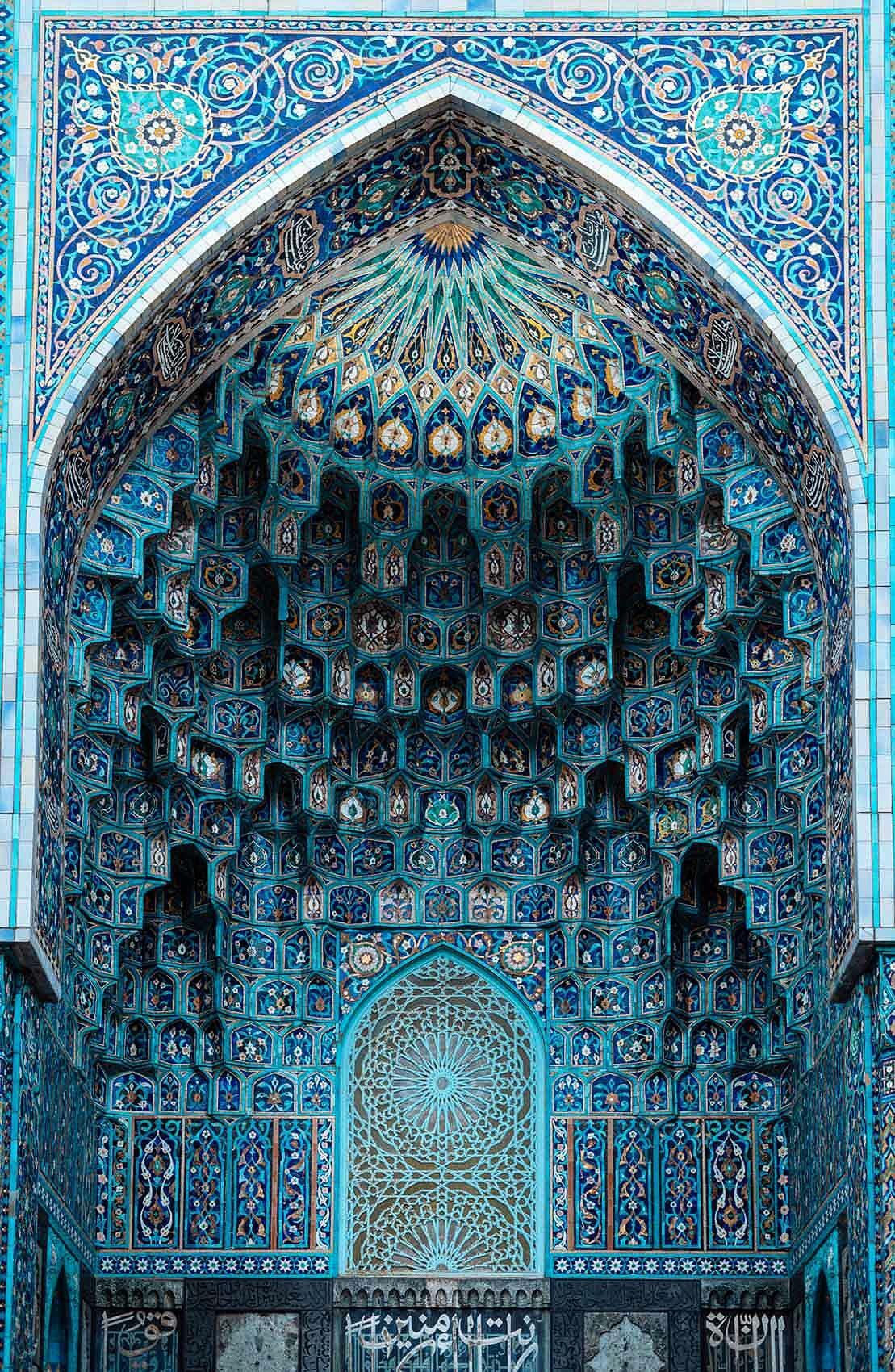
Koski Mehmed Pasha Mosque
The Koski Mehmed Pasha Mosque in Mostar represents extraordinary Ottoman architecture in Bosnia and Herzegovina. Besides the Karadžoz Bey Mosque, this is the most well-known and monumental mosque in Mostar.
It was built in 1618/19 and represented the largest construction of classical Ottoman architecture in Bosnia and Herzegovina. Mehmed Koskija, the founder of the mosque, was the chronicler of the great vizier Lala Mehmed Sokolovic. He died in 1611, and the Koski Mehmed Pasha Mosque was finished by his brother Mahmud. Besides the mosque, he built a madrasah too.
The Koski Mehmed Pasha Mosque has a one-space floor plan with a dome. Designed in the main architecture office in Istanbul, it was built from precisely tanned stone blocks. Its architectural design is very similar to the Karadžoz Beg Mosque, which probably served as a model. Unlike the Karadžoz Beg Mosque. It has a porch with three domes and extraordinary well-crafted mihrab and mimbar. The Koski Mehmed Pasha Mosque location is quite specific as it is placed on the cliffs of the Neretva River, in the center of the city.
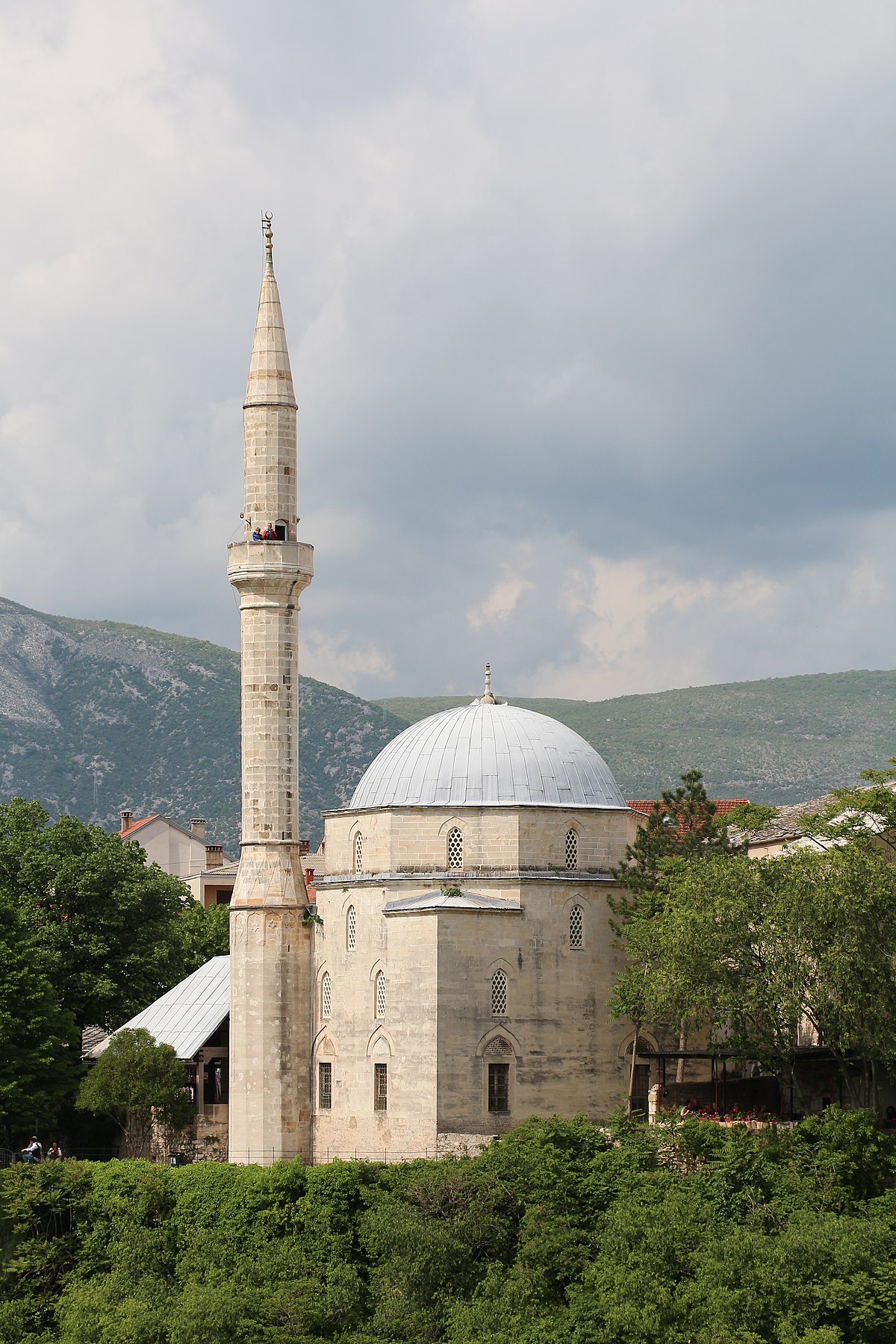
Cologne Central Mosque
The mosque is in the Ottoman architecture style. It has a concrete and glass dome and two 55 meter high minarets. The mosque is proposed to have a bazaar and other secular areas intended for interfaith interactions. As the mosque will be one of Europe’s biggest mosques and the largest in Germany, some have criticised it, particularly for the height of the minarets.
The 4,500 m2 mosque cost £15–20 million to build, aiming to house 2,000 to 4,000 worshippers. The architects of the mosque are Gottfried Böhm and his son Paul Böhm, who specialises in building churches. The mosque is in the Ottoman architecture style. It has a concrete and glass dome and two 55 meter high minarets.] A well is placed in the centre to connect the two levels and create a pleasant atmosphere. The mosque consists of flat-like wall screens which form a dome in the centre.
According to the architect, openness is further enhanced by an inviting staircase from the street. The developers have required that the secular areas of the mosque (e.g. the restaurant, event halls and stores) be open to people of all religions.
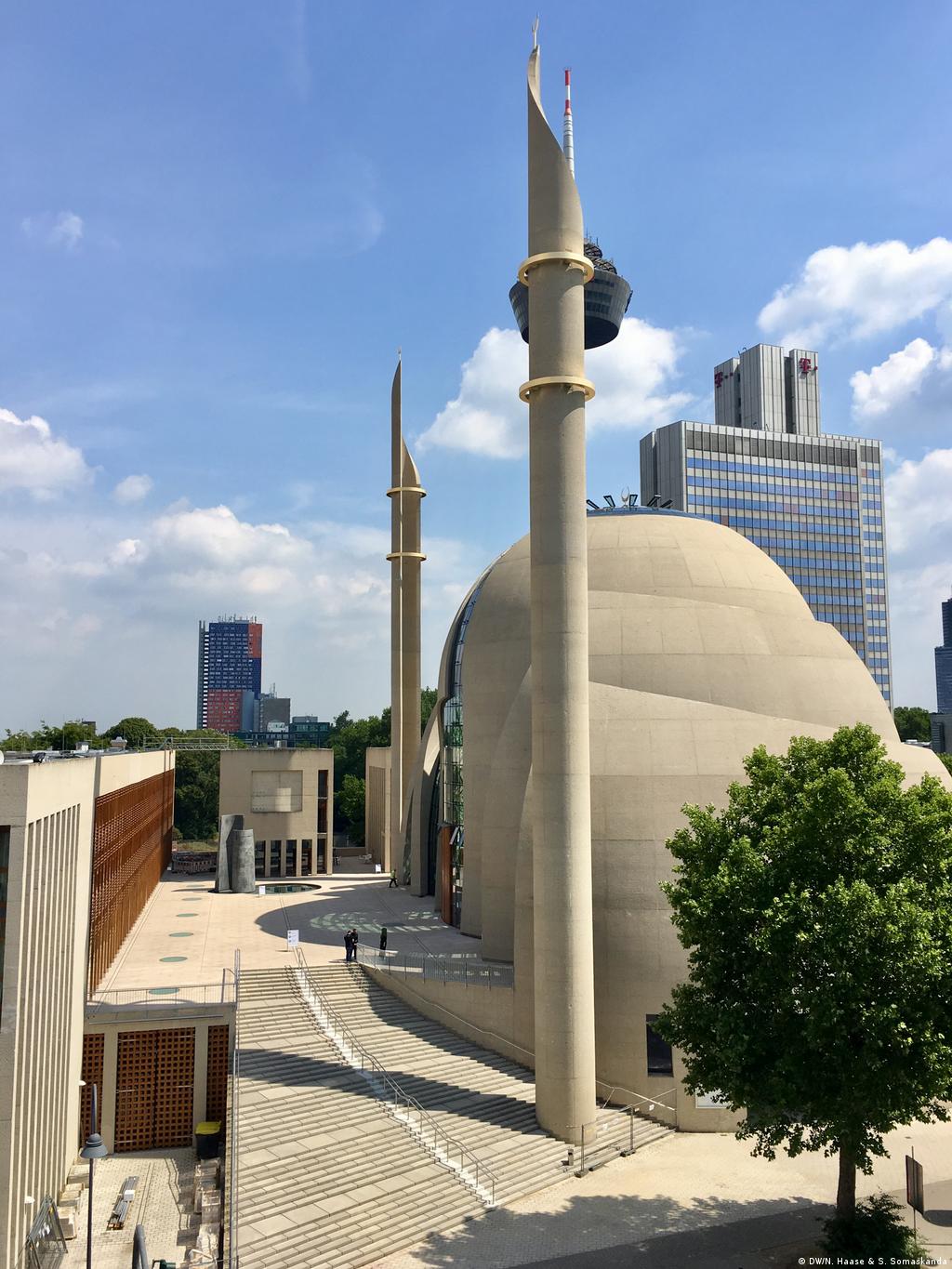
Ljubljana Mosque
The Islamic Religio-Cultural Center, colloquially known as the Ljubljana mosque, is an Islamic mosque and cultural-center complex in the Bežigrad district of Ljubljana, the capital of Slovenia. It is the culmination of a decades-long effort by the Islamic Community of Slovenia. A library, a classroom, an ablution fountain and the Imam’s offices and quarters are included in the complex.
Many Muslims were among the wave of internal migrants from other Yugoslav republics who gravitated to Slovenia during the 1960s and 1970s. A permit for the construction of a mosque was first requested in 1969 but was not granted; the effort was revived during the 1990s. The 1990s proposal produced a nationalist backlash, with considerable public opposition to the mosque. In February 2020, the mosque was completed and opened to the public.
